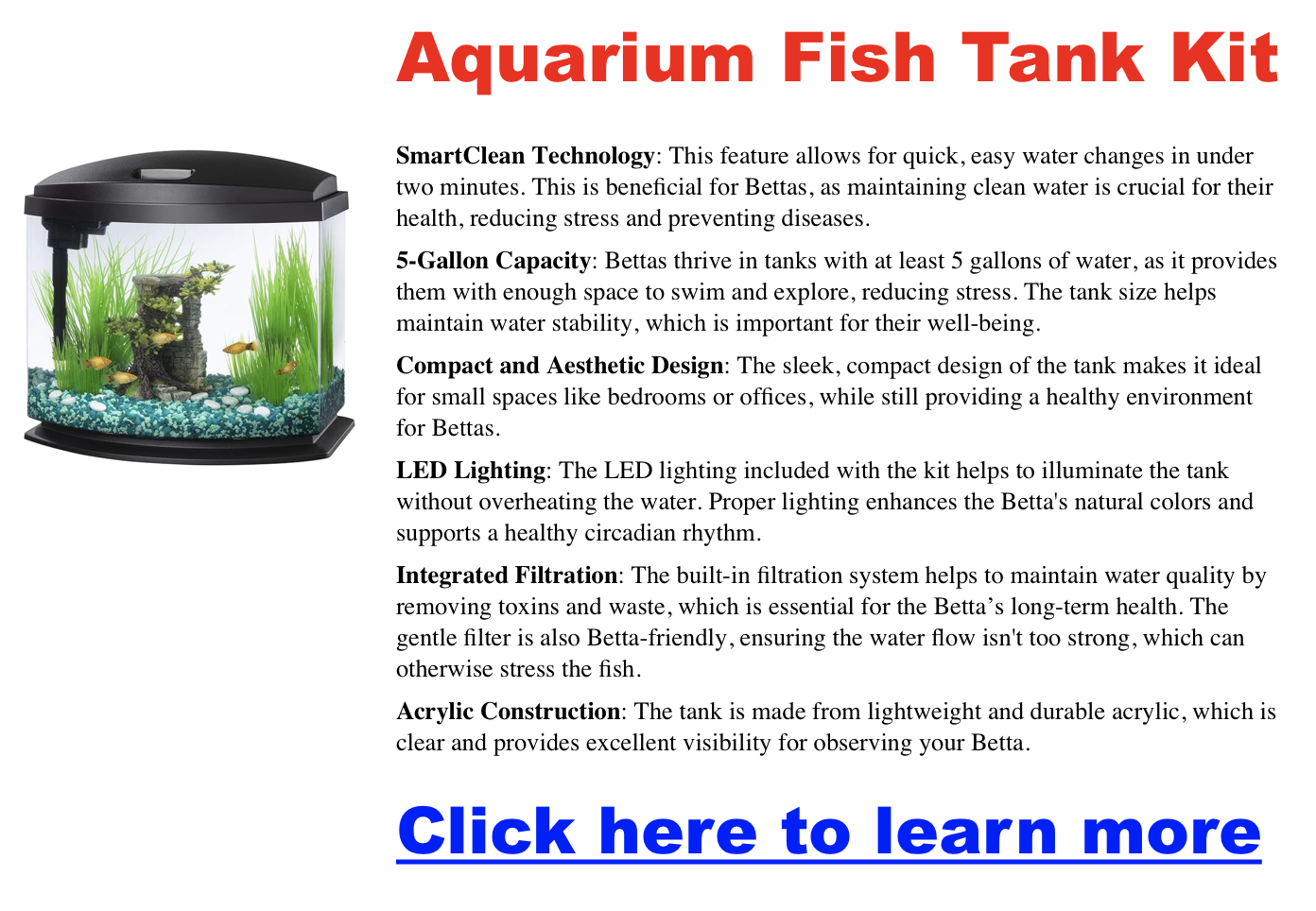Betta splendens (Siamese fighting fish) | Full Care Guide

Photo credit: Franks bettas
Betta splendens, also known as Siamese fighting fish, are a dazzling addition to any aquarium. Their vibrant colors, flowing fins, and aggressive personalities have captivated fish enthusiasts for centuries. Native to the shallow waters of Southeast Asia, these fish require specific care to thrive in captivity. This guide will delve into everything you need to know to give your betta the best life possible.
| Scientific Name | Betta splendens |
| Common Name | Siamese Fighting Fish |
| Background | – Etymology: “Betta” from “Ikan Bettah” (fighting fish) and “Splendens” means “shining” for their colors. Originally bred for their fighting abilities, now known for vibrant colors and fin shapes. Wild populations are endangered due to habitat destruction and pollution. |
| Natural Habitat | Shallow rice paddies, marshes, and slow-moving streams in Southeast Asia. Prefers warm water (76-81°F), slightly acidic pH (6.5-7.5), and low current environments. |
| Temperament | Territorial and aggressive, especially males. Males need solitary tanks. Female “sororities” possible with caution. Limited compatible tank mates. |
| Appearance | – Wild Bettas: Smaller, shorter fins, subdued colors. – Domestic Bettas: Wide color range, various fin shapes like crown tails, half-moons, and plakats. |
| Tank Setup | – Minimum 5 gallons, ideally 10+ for more space. – Smooth gravel or sand substrate. – Equipped with a heater, gentle flow filter, and thermometer. – Decorate with live or silk plants, betta logs, and smooth caves for enrichment and hiding spots. Avoid sharp objects. |
| Water Parameters | – Regular testing for pH 6.5-7.5, ammonia 0ppm, nitrite 0ppm, nitrate <40ppm. – Perform 25-50% weekly water changes using a water conditioner. |
| Compatible Tank Mates | Best kept alone. Potential for certain tetras or Corydoras catfish in large, well-maintained tanks with experienced care. |
| Feeding | Siamese fighting fish pellets, patties, or flakes as a base diet. – Supplement with frozen or freeze-dried bloodworms, brine shrimp, or daphnia. – Avoid overfeeding; small meals recommended. |
Some Background
- Etymology: “Betta” originates from the Southeast Asian “Ikan Bettah,” referring to a group of fighting fish. “Splendens” is Latin for “shining,” a nod to their brilliant colors.
- Domestication: Bettas were originally bred for their fighting prowess. Through selective breeding over centuries, they’ve developed the incredible range of colors and fin shapes we know today – a far cry from their more subdued wild relatives.
- Endangered Status: Wild Betta splendens populations are declining due to habitat destruction and pollution. Understanding their plight underscores the importance of responsible care for those in our aquariums.
Siamese Fighting Fish (Betta Splendens) Care
- Tank Setup
- Size Matters: While often sold in tiny containers, bettas thrive in larger setups. 5 gallons is the absolute minimum, with 10+ gallons being ideal.
- Substrate: Smooth gravel or sand prevents damage to delicate fins.
- Equipment: A heater (for stable temperatures), a filter (gentle flow), and a thermometer.
- Enrichment: Live or silk plants, betta logs, and smooth caves provide hiding spots, reducing stress and mimicking their natural environment. Avoid anything with sharp edges!
- Water Parameters
- Test Regularly: Invest in a water testing kit—aim for: pH 6.5-7.5, ammonia 0ppm, nitrite 0ppm, nitrate <40ppm.
- Water Changes: Partial water changes (25-50% weekly) are crucial to remove waste and maintain healthy conditions. Always use a water conditioner!
- Compatible Tank Mates
- Generally Solitary: Bettas do best alone.
- Limited Options: In large tanks, with experienced owners, some potential tank mates include certain tetras or bottom-dwellers like Corydoras catfish. Do extensive research first!
-
Siamese Fighting Fish Diet
- Quality: Choose betta-specific pellets or flakes as a base diet.
- Variety: Offer frozen or freeze-dried bloodworms, brine shrimp, or daphnia a few times a week.
- Don’t Overfeed: Bettas have small stomachs. Feed only what they eat in a couple of minutes. Overfeeding leads to health problems.
Betta Splendens Habitat
In the wild, Betta splendens inhabit shallow rice paddies, marshes, and slow-moving streams across Thailand and neighboring countries. These environments feature:
- Warmth: Bettas are tropical fish and need water temperatures between 75-80°F (24-27°C) to thrive. This warm temperature range is important for their metabolism, immune function, and breeding behavior.
- Shallow Water: Their preferred water depth is shallow, often only a few inches deep. This shallow water allows them to easily access the surface for air, as they breathe atmospheric air with their labrinth organ. In the wild, bettas are found in flooded rice paddies, stagnant ponds, and along the edges of slow-moving streams where shallow water is plentiful.
- Dense Vegetation: Betta fish love areas with lots of aquatic plants, which provide hiding spots, resources for nest building, and a plentiful supply of small insects for feeding. Plants with large leaves or floating plants are particularly beneficial, as they provide both shelter and a place for male bettas to build their bubble nests.
- Low Water Flow: Bettas prefer stagnant or slow-moving water, as their long fins make it difficult to swim in strong currents. Strong currents can stress out bettas and make them more susceptible to disease. In their natural habitat, bettas are found in areas with minimal water flow, such as rice paddies, stagnant ponds, and the edges of slow-moving streams.
Temperament
Betta splendens, particularly males, are known for their territorial and aggressive nature. They flare their gills and fins in dazzling displays to intimidate rivals. This behavior means several things for owners:
- Males Need Their Space: Male bettas should be kept alone to prevent fights.
- Females Can Be Tricky: Groups of females (“sororities”) are possible, but require heavily planted tanks, careful monitoring, and experienced aquarists.
- Tank Mates are Limited: If you have a large, established tank, see the Care section for a few potential options.
Appearance of Betta Splendens
Both wild and domestic betta splendens share a similar body shape featuring an upturned mouth and a labyrinth organ (which allows them to breathe air). But domestication has led to some striking differences:
- Wild Bettas are typically smaller, with shorter fins and more subdued colors (browns, greens) that help them blend in.
- Domestic Bettas Are a riot of colors—reds, blues, purples, and more! They also exhibit various fin shapes, such as crown tails, half-moons, and plakats (short fins).

